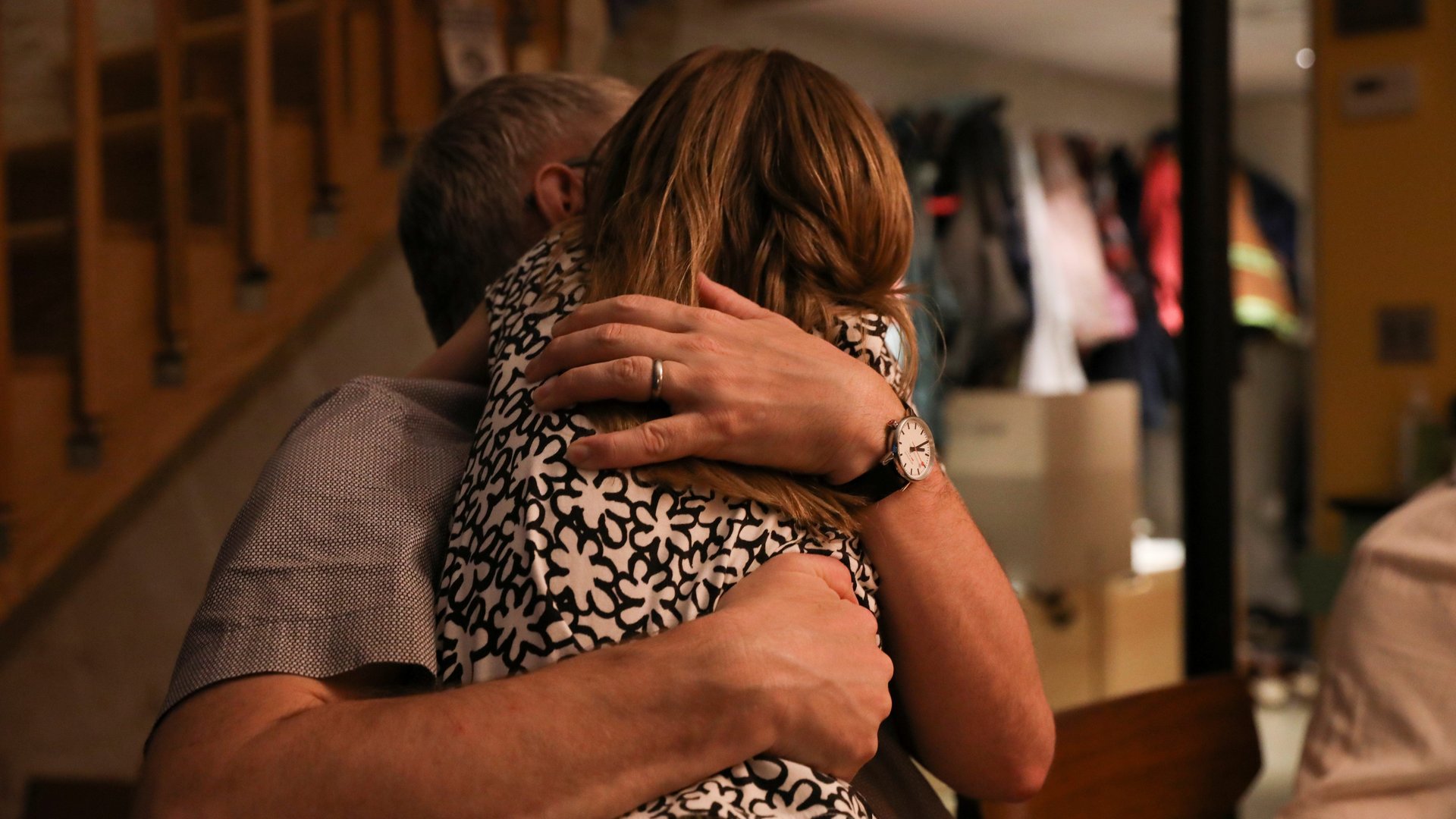Everything you can do once you’re vaccinated against Covid-19
On March 8, the US Centers for Disease Control and Prevention released its long-awaited guidelines on the kinds of behaviors that are safe for people vaccinated against Covid-19. Under them, people who have waited two weeks after their final shot should be able to safely socialize indoors with other households outside their bubble—provided the group collectively meets certain criteria.


On March 8, the US Centers for Disease Control and Prevention released its long-awaited guidelines on the kinds of behaviors that are safe for people vaccinated against Covid-19. Under them, people who have waited two weeks after their final shot should be able to safely socialize indoors with other households outside their bubble—provided the group collectively meets certain criteria.
Here’s a breakdown of the new guidelines:
Visiting other vaccinated people
It takes two weeks for the body to maximize its antibody production after a vaccine jab. After that, people can safely be inside with others who have also been vaccinated without wearing a mask or distancing themselves. (For those who got the Pfizer-BioNTech or Moderna jab, that means two weeks after their second shot, or after the first dose, for those who got the Johnson & Johnson vaccine.) There’s little risk that people who are vaccinated could infect each other with SARS-CoV-2, and even less of a risk that these individuals would become sick from such and infection.
Visiting with those who aren’t yet vaccinated
Scientists still don’t know if vaccinated people can transmit SARS-CoV-2 to people who are unvaccinated. That’s why the CDC recommends that people who already got their shots gauge the risk of those who haven’t before get-togethers. For example, it’s safe to socialize indoors with one other household in which people haven’t been vaccinated—but only if those who have yet to get their shots aren’t at risk for severe Covid-19. If some people in the group are unvaccinated and at a high risk, it’s important to take the precautions you would without vaccines—wearing masks, maintaining distance, and staying outside.
Visiting with multiple households or larger gatherings
It’s still not yet safe for vaccinated people to abandon all precautions entirely; the CDC still recommends masking up when indoors with people from multiple households. They must still also adhere to whatever masking requirements are in place in public settings, like restaurants and bars, or when traveling by bus or train, and should avoid medium or large gatherings entirely. (The CDC doesn’t say how big “medium” gatherings are, but those likely differ by local public health departments.) International traveling is still against the CDC’s recommendations.
And there’s no social situation that’s completely risk-free. People who have been vaccinated could still develop Covid-19 if exposed to it, although it’s rare. As long as they don’t develop symptoms, vaccinated people don’t need to quarantine. If they start to feel like they may have Covid-19, the CDC recommends that they isolate and get a confirmatory test.
At the moment, only about 9% of the US population has been vaccinated. Estimates suggest that it will take between 60% and 80% of the population to get vaccinated before the country achieves herd immunity, and it’s safe for everyone to loosen precautions entirely.